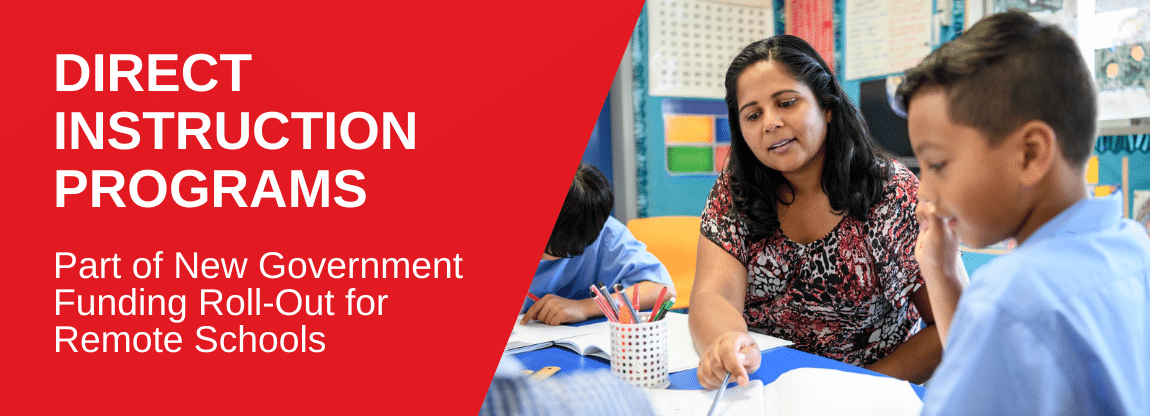McGraw Hill ‘Direct Instruction’ Programs Selected as Part of New Government Funding Roll-Out for Remote Schools
McGraw Hill Australia is proud to announce that its Direct Instruction Programs will be implemented in a number of remote schools as part of a new government funding initiative, in association with our partner Good to Great Schools Australia. Spearheaded by Indigenous leader Noel Pearson, DI programs will be featured as part of a $126 million bid to boost outcomes for Aboriginal and Torres Strait Islander students.
Good to Great Schools, long-term partner of McGraw Hill, will receive funding to roll out its unique educational program to an additional group of remote schools. GTGSA is a not-for-profit organisation that supports schools on their improvement journey. With decades of experience, they help schools transition from Poor to Fair, Fair to Good, Good to Great and on to Excellent. Through strategic partnerships and collaborating with experts in large-school implementations, the GTGSA education model is based on extensive research supported by international evidence and uses DI programs as its main curriculum.
Direct Instruction (DI) is an educational pedagogy that combines explicit instruction with a comprehensive curriculum, student assessment and scripted lessons. Published exclusively by McGraw Hill, DI programs include programs such as Corrective Reading, Reading Mastery, Spelling Mastery and Connecting Maths Concepts. Students are taught carefully sequenced and highly structured lessons and are required to ‘master’ each lesson before advancing on to the next. This ensures that advanced students can be accelerated, and that no child is left behind. Created in the 1960’s by Zig Engelmann and Wes Becker from the University of Oregon, DI programs are used in many schools in Australia and globally and are proven to be the most effective teaching method for attaining the most learning to the broadest group of students.
Announcing the details of the Closing the Gap Implementation Plan on Thursday 5th August, Education Minister Alan Tudge said the government had deliberately focused on programs that had already demonstrated positive impacts on Indigenous students’ outcomes, particularly in reading.
“This additional money is deliberately aimed at scaling up practices that work, such as phonics and explicit instruction,” Mr Tudge said. “The evidence is there that it does make a difference and so we are confident that thousands of children will improve their learning as a result of this.” The Australian, Thursday 5th August 2021.
The investment is a response to ongoing concerns about sustained disadvantage experienced by many Indigenous Australians, particularly those living in regional and remote areas. According to NAPLAN data, Indigenous students are, on average, more than two years behind their non-Indigenous peers in Year 3 and the gap grows over time.
Centre for Independent Studies education policy expert Glenn Fahey welcomed the investments, saying:
“This isn’t simply throwing money at the problem, but asking what works and what needs scaling,” he said. “Programs that work bring together great teaching practices, developing great teachers, and following the evidence.”
For more information about DI, please visit www.mheducation.com.au/schools/direct-instruction
For more information about Good to Great Schools, please visit goodtogreatschools.org.au/about-us/

